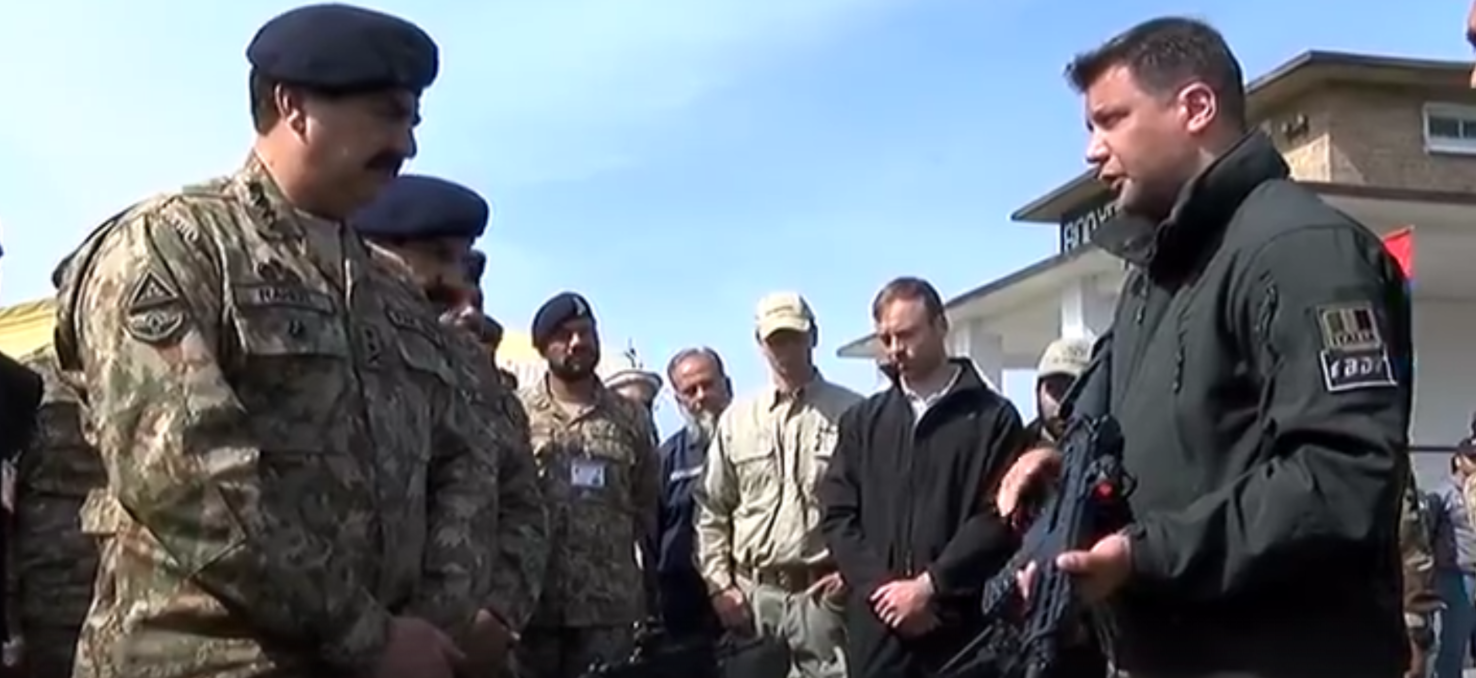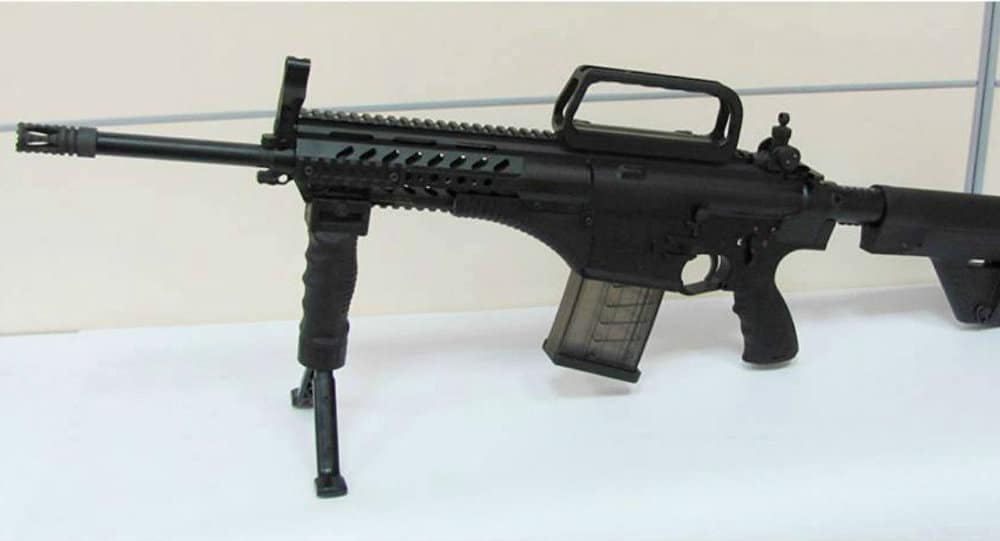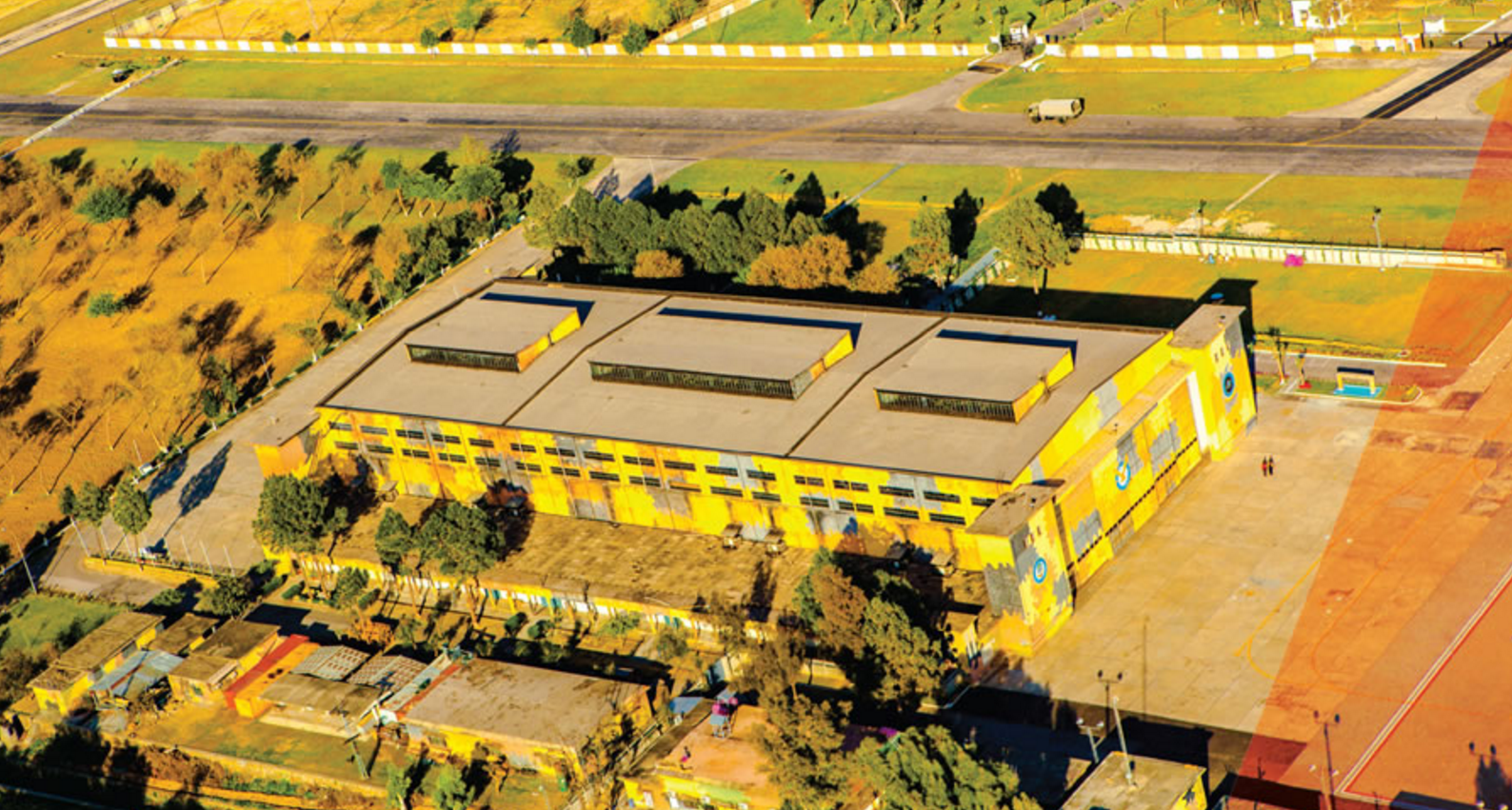14Views 8Comments

What rifle will the Pakistan Army choose?
With the Pakistan Army looking into acquiring a new standard issue rifle (or rifles), it would be a good idea to build an understanding of how the Army might evaluate each of its options. At present, it seems that the Army has shortlisted its final options to the following rifles: The FN Herstal SCAR H, CZ-806 BREN 2, Zastava M21 (or M77), Beretta ARX-200, and Kalashnikov AK-103.
The SCAR H, ARX-200 and Zastava M77 (if it is not M21) are chambered for using 7.62x51mm NATO rounds. On the other hand, the AK-103 is built for 7.62x39mm rounds. The CZ-806 BREN 2 is less clear because the only version that is known to the public uses 5.56x45mm NATO rounds; but given the competition, the rifle present in Pakistan have been chambered for either 7.62x51mm or 7.62x39mm.
This article will not make a recommendation, but rather, it will offer a few insights into the factors that might influence the Army’s final decision. It must be noted that changing one’s standard issue rifle, i.e. the rifle given to each and every soldier in need of one, is a significant step. If successful, a program of this nature would only happen once in a generation; if it fails, it can be a very expensive headache.
For some background, the Pakistan Army initiated its rifle evaluation program in November 2015. At the time, it had gotten in touch with a number of overseas small-arms vendors. By the end of January 2016, it had begun testing the weapons listed above.
Specific details regarding the program, such as the budget, timeline and scope, were not disclosed by the Army or Inter Services Public Relations (ISPR). But given the range of weapons being tested, it seems the focus may be on replacing the Heckler & Koch (HK) G3 7.62x51mm NATO battle rifle and the NORINCO Type 56 7.62x39mm assault rifle (a licensed Chinese clone of the Kalashnikov AK-47).
With this in mind, it is important to consider how the Pakistan Army presently utilizes its two main rifles. The HK G3 is primarily issued to infantry facing the eastern front. The Type 56 has been popular with Army troops engaged in counterinsurgency (COIN) operations in the Federally Administered Tribal Areas (FATA).
The first question that may arise is whether this new rifle – especially one that has a design that can be chambered for different rounds – will replace both the Type 56 and G3, or simply one of them. An additional possibility would be the selection of two different designs. While redundancy is an issue from a cost perspective, the approach would enable the Army to meet distinct operational needs without partly compromising one need in order to fulfill the other.
That said, some designs, such as the SCAR and BREN, offer a level of modularity that aims to mitigate the need for multiple distinct systems. For example, the FN SCAR can be chambered for different rounds, which could be used to build weapons suited for specialized tasks and markets. The SCAR-series, which is includes the SCAR H, a 7.62x51mm battle rifle, could be adapted into the 5.56x45mm SCAR L assault rifle, which one might market to law enforcement agencies. Alternatively, the SCAR H itself could be re-adapted into the Sniper Support Unit (SSU), a designated marksman rifle (DMR). Such modularity could position a core design as an effective solution for multiple environments and scenarios provided the right sub-variant is used (e.g. SCAR H, SCAR L, etc).
In terms of the Army’s requirements, the rifle (or rifles) cannot fail in the multitude of environmental conditions the Pakistan Army operates in, such as the hot and arid Thar Desert of Sindh (or freezing peaks of Siachin), the plains of Punjab, as well as the diverse hills, mountains and valleys throughout Baluchistan, Khyber Pakhtunkhwa, the Northern Areas, and Kashmir. Durability and reliability in these regions (and during all seasons) will be critical, the Army cannot afford (operationally and financially) to compromise.
Performance will be the critical benchmark in the Army’s final decision, but the question of cost needs to be discussed as well. At the end of the day, the Army’s budget for arms is finite, hence it is generally steered towards cost-sensitive solutions. This is plainly evident in almost all of the Army’s big-ticket acquisitions. However, given that there are at least two relatively expensive options being evaluated, i.e. the FN SCAR H and Beretta ARX 200, it is possible that there is a level of flexibility the Army is willing to tolerate in terms of cost.
The rationale (for being cost-flexible) could stem from wanting to ensure that the rifle could dependably serve the Army for at least as many decades as the HK G3. Moreover, the Army is not going to induct hundreds of thousands of rifles in the short-term. If anything, it would have to worry about the up-front costs of acquiring the necessary technology, intellectual property, and commercial rights of the winning candidate. Beyond that, it would basically induct its rifles on a relatively incremental and gradual basis, e.g. 10-15,000 rifles per year with occasional increases on good funding years. In other words, while the selection of an expensive rifle may be costly in relative terms (compared to more affordable alternatives), it may not be a comparatively costly exercise (compared to revamping one’s attack helicopter fleet).
Another angle to consider is that of commercial viability. General Raheel Sharif has been a vocal proponent of building Pakistan Ordnance Factories (POF)’s commercial competitiveness. The capacity to offer a premium weapon could be seen as a means to boost POF’s profile in the global arms industry. Not only would the production of a premium product help POF net higher revenues (and potentially healthier profit-margins), but it would also prepare it for the global small-arms market of the future when the high-end arms of today could potentially become the mainstay arms of tomorrow.


